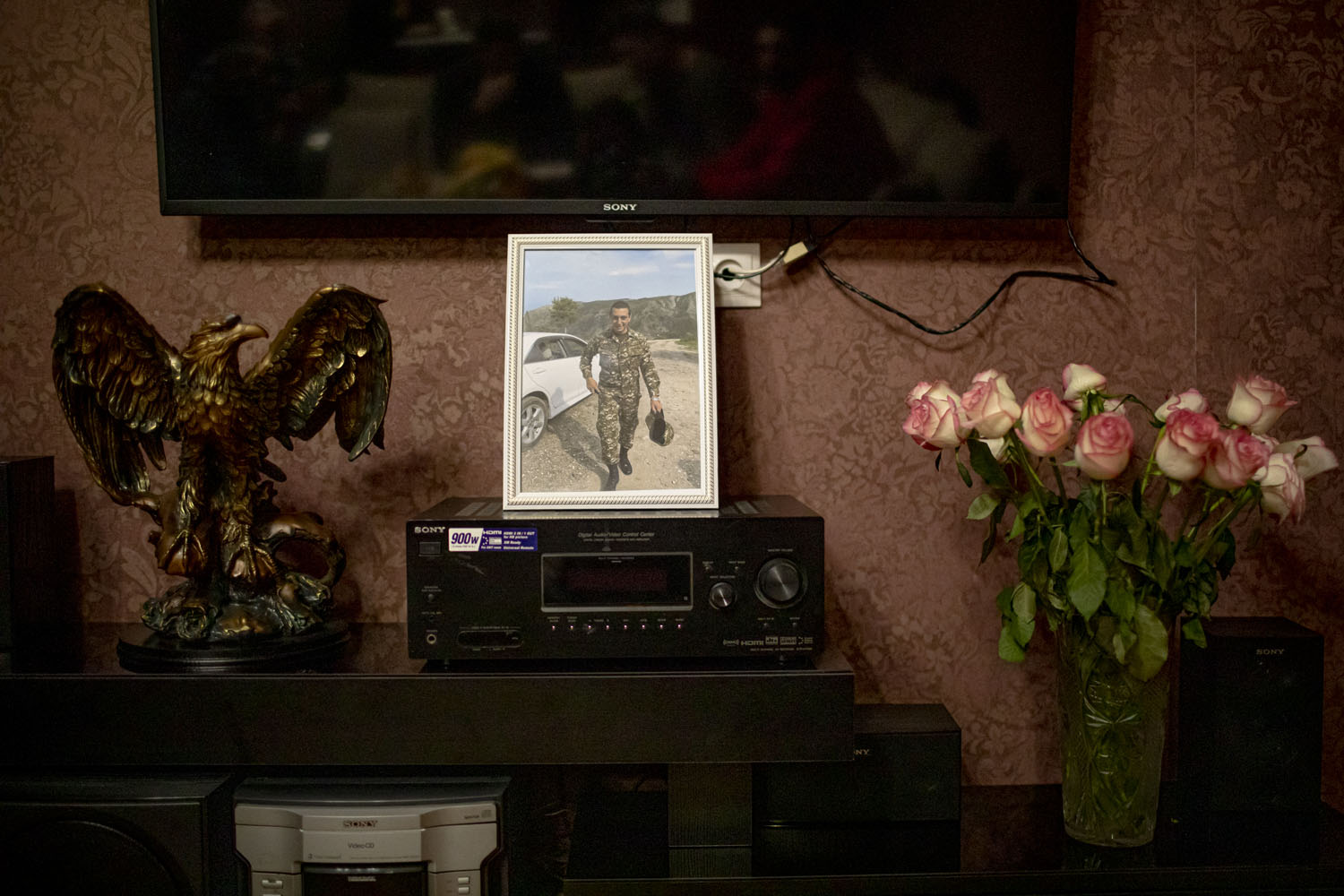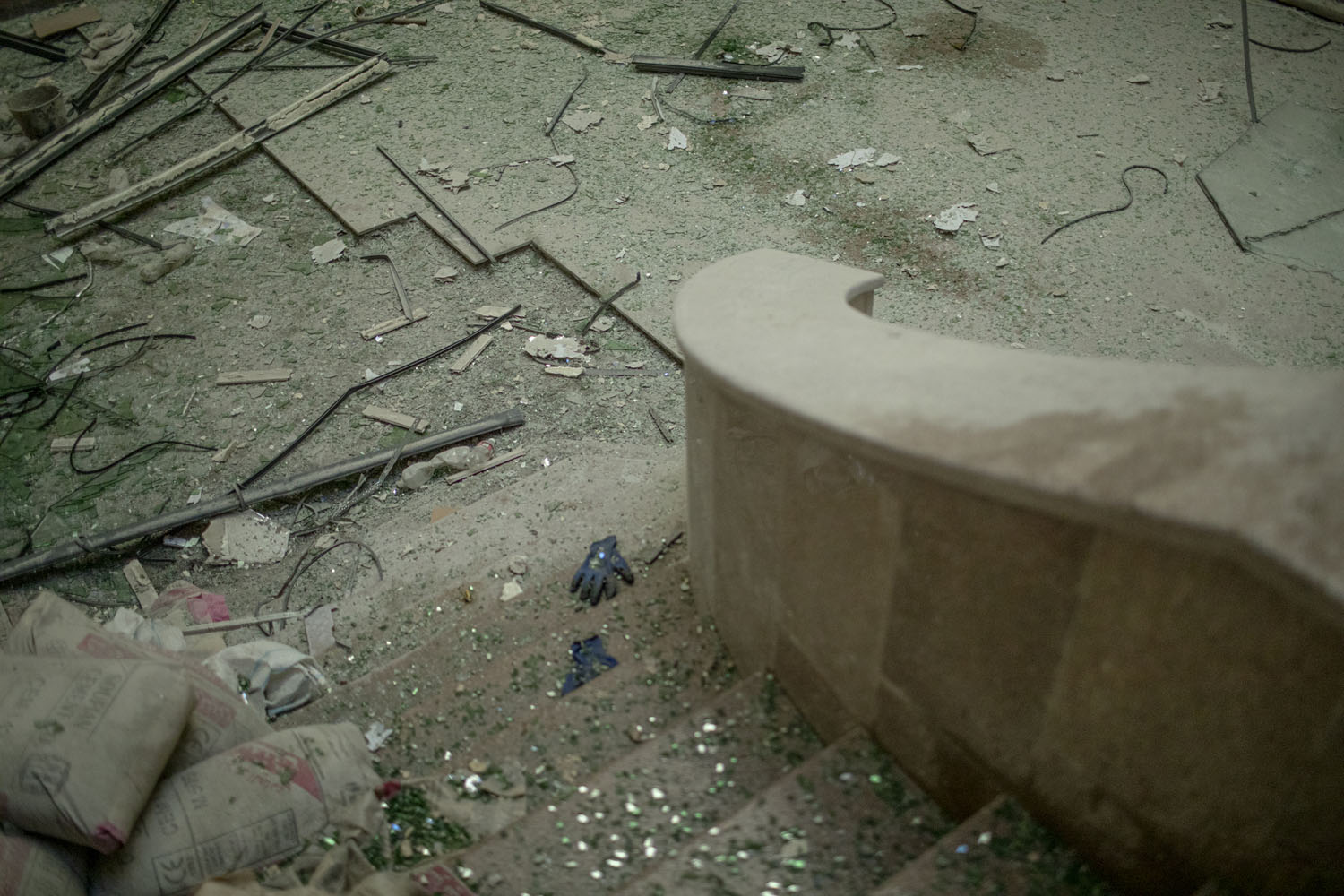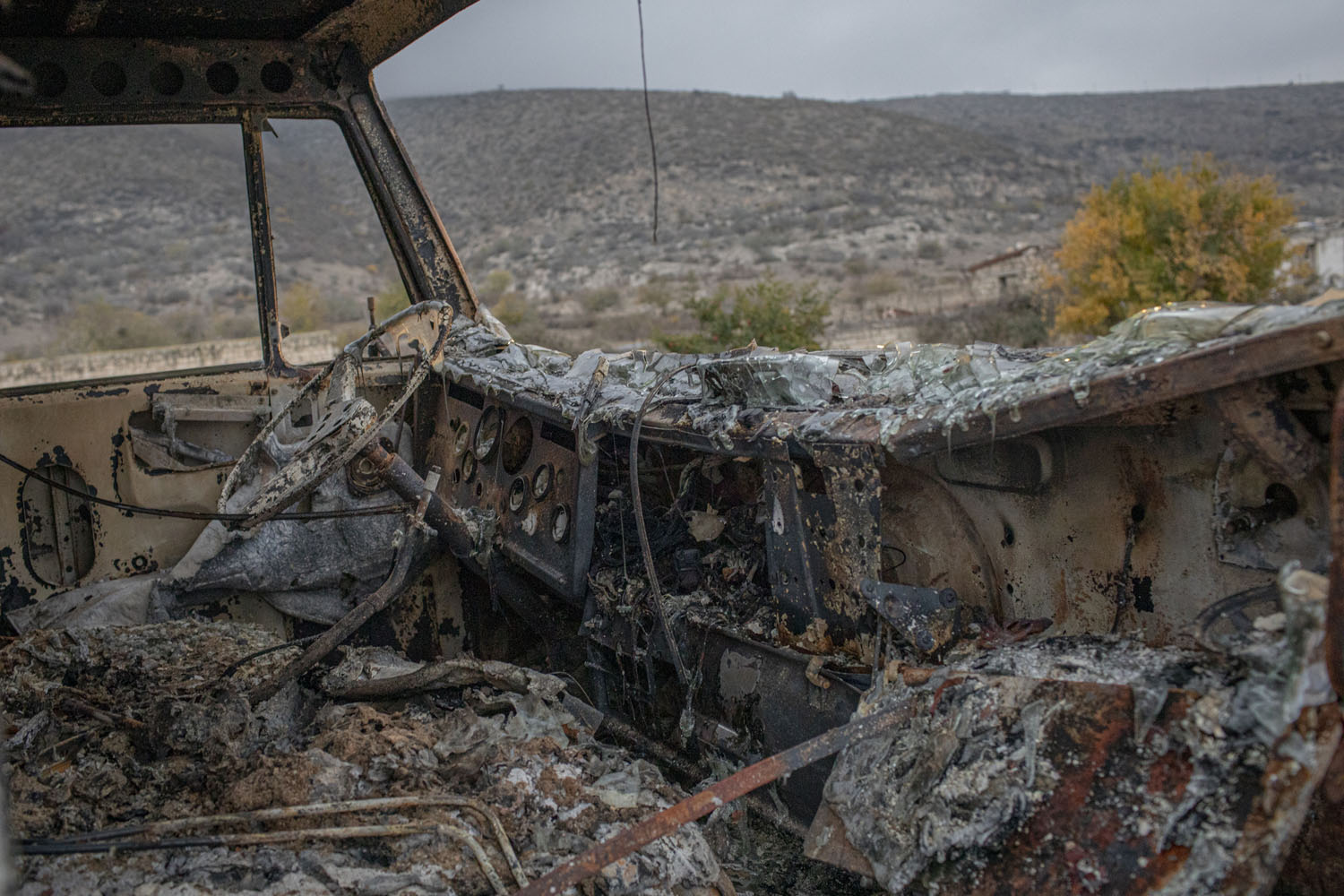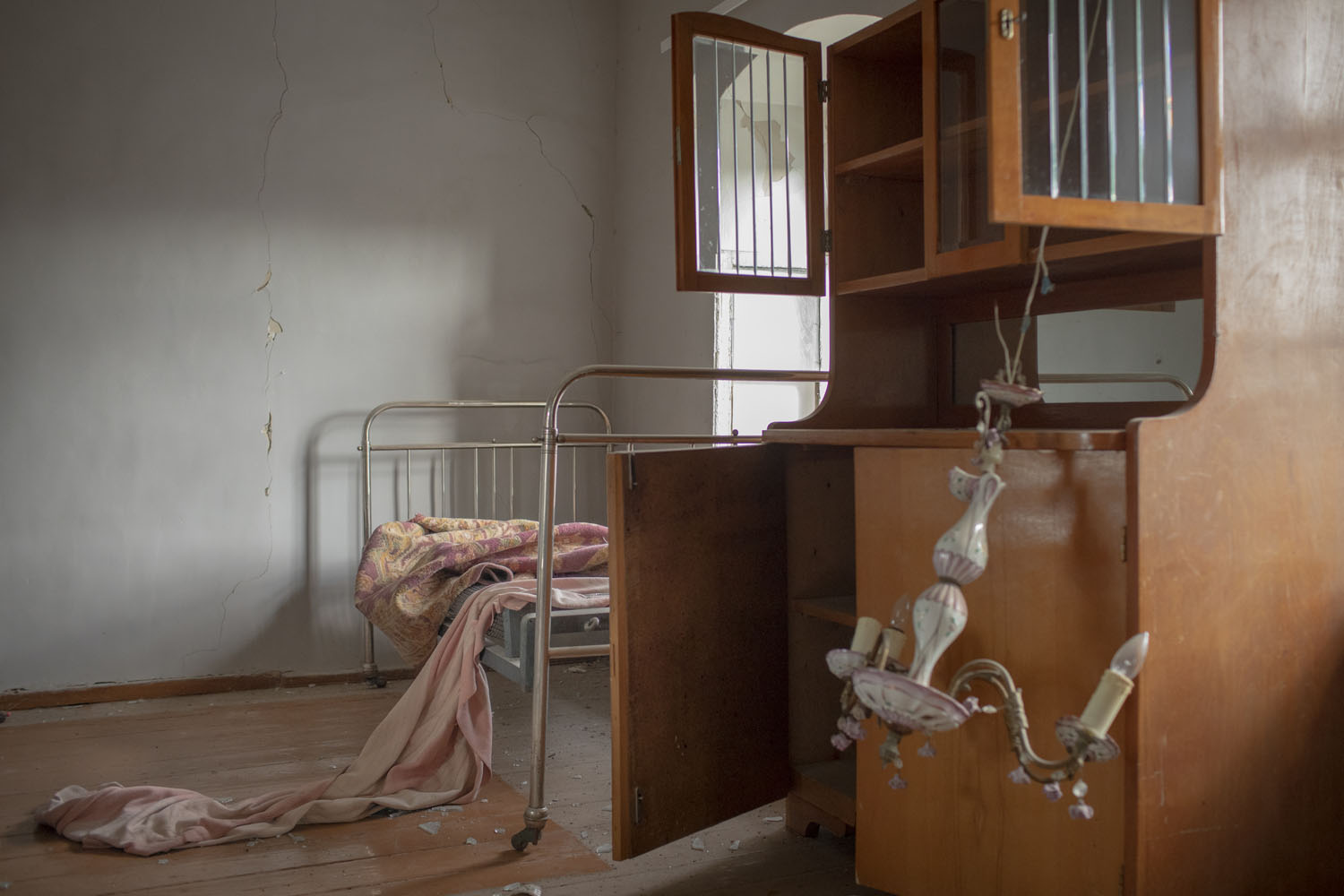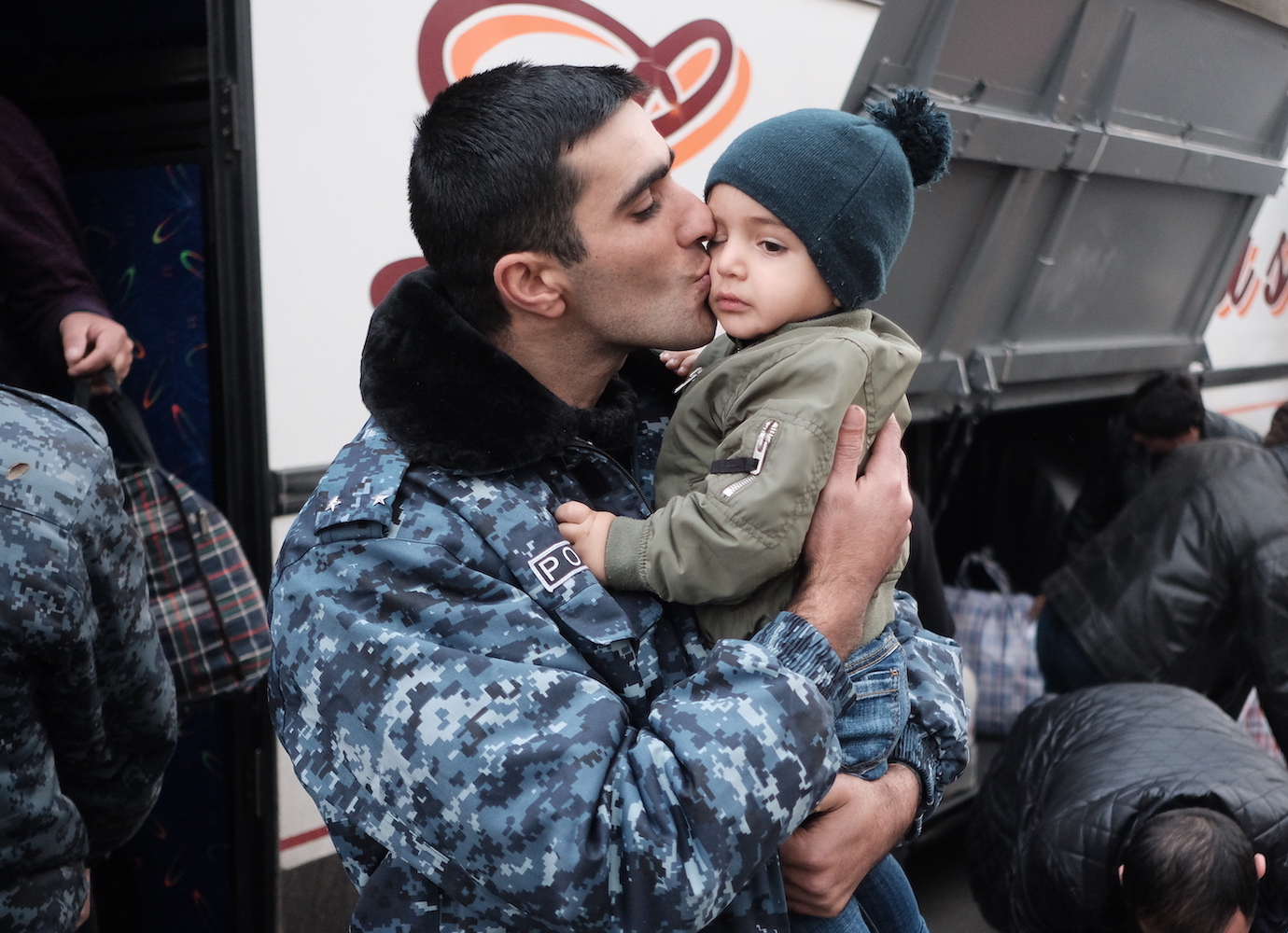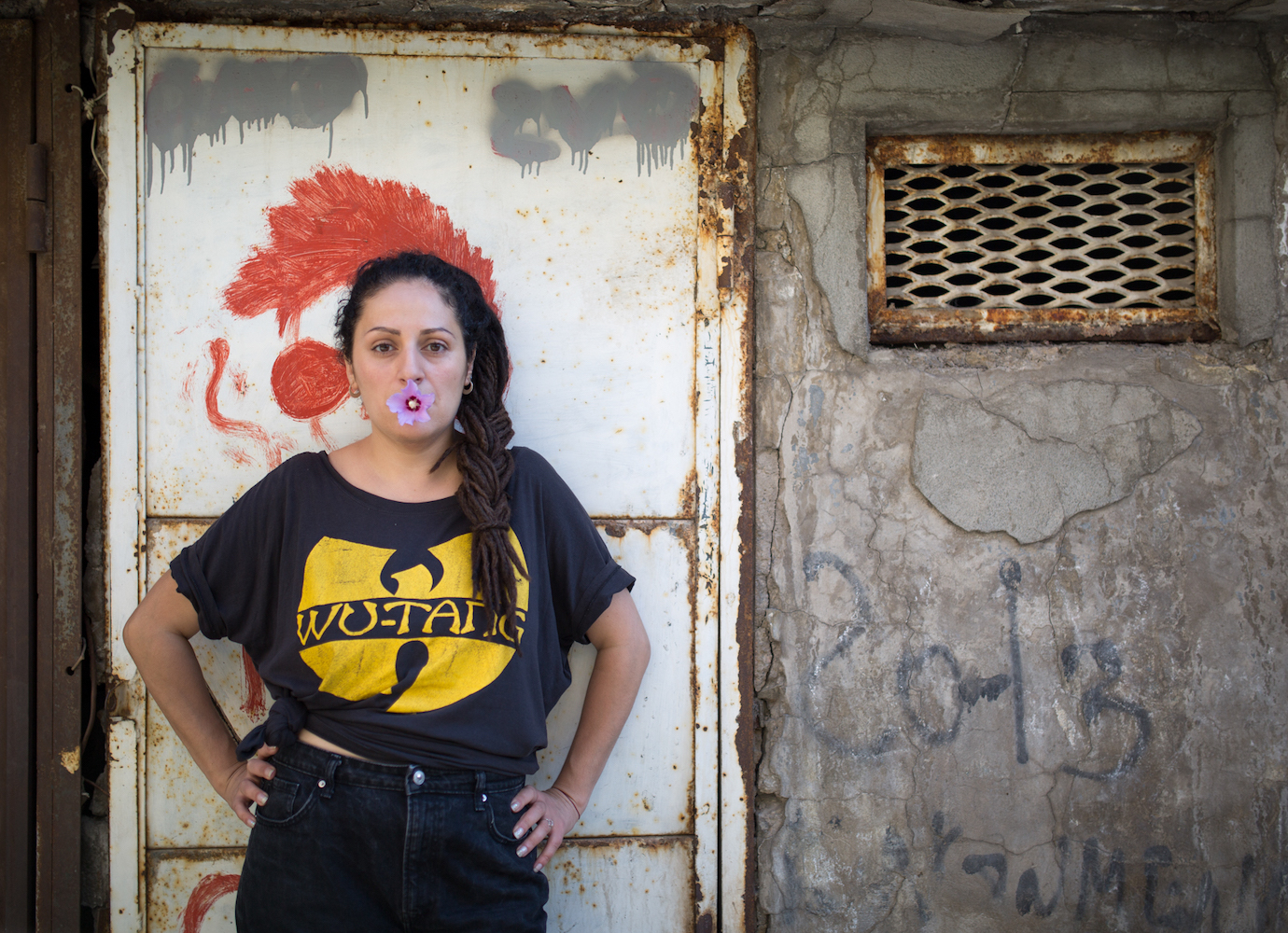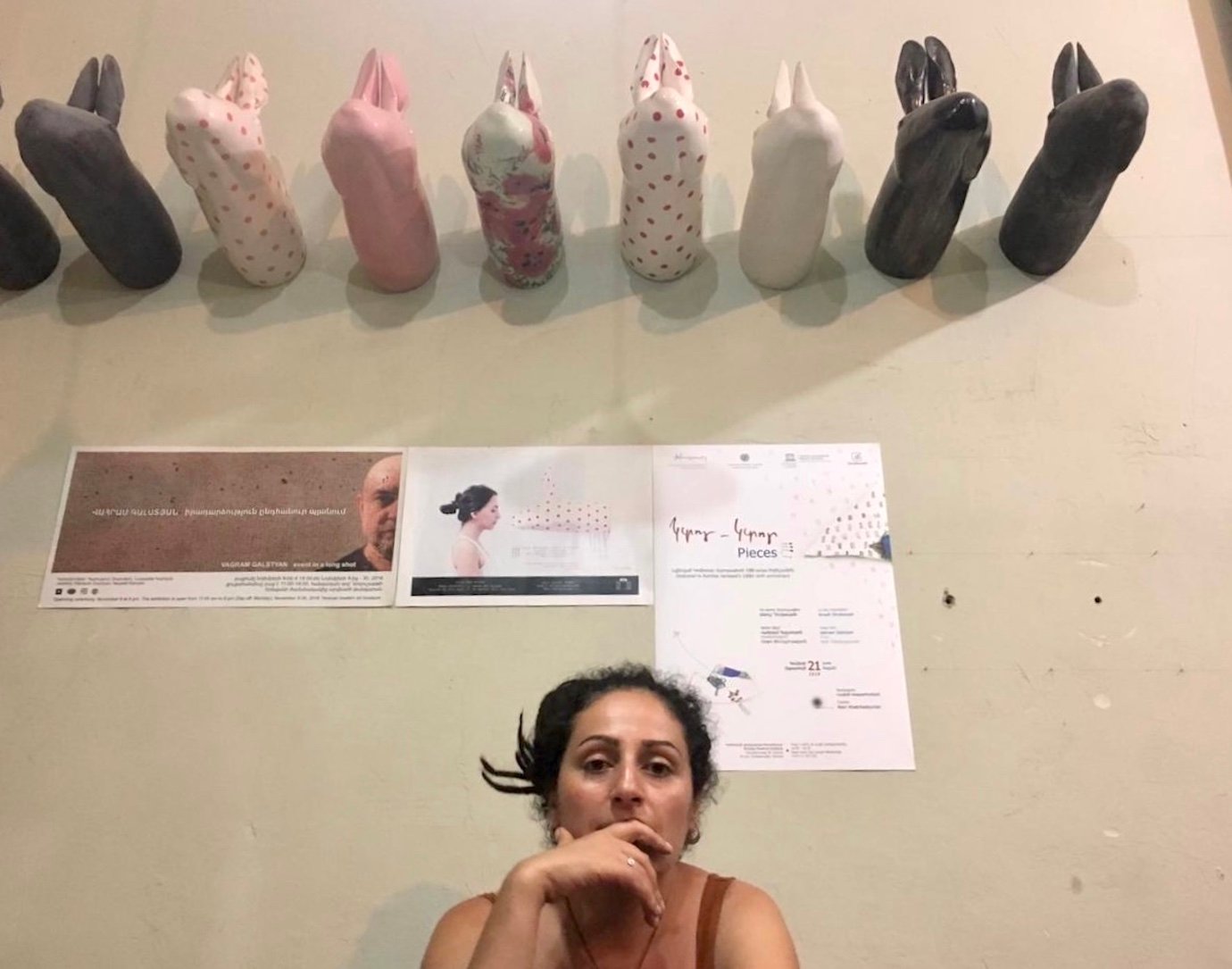‘People told me this wasn’t a job for women’: photojournalist Anush Babajanyan on documenting the Nagorno-Karabakh conflict
Award-winning Armenian photographer Anush Babajanyan covers stories relating to conflict and displacement in the South Caucasus. Most recently, she has been documenting the devastation of the Nagorno-Karabakh war of 2020, including photographing the citizens who fled and are now returning home.
I never considered myself a war photographer. For starters, I do not feel called to photograph conflict in places I do not know well. Every location has its own photographers who know what they do best. As a photographer, I’ve always pursued what has interested me. But when something happens in the Caucasus, in Armenia, or in Nagorno-Karabakh, it doesn’t matter how many other photographers are shooting the same story, I feel it’s my responsibility to go — in the same way that some people enlist to fight on the frontline.
It took me 10 years to fully commit to photography. I was born in Yerevan, Armenia, and grew up there. I graduated from the American University in Bulgaria in 2006, and it was only in 2016 that I was able to make this my sole breadwinning work. A year later, I joined VII Photo Agency. It was an important milestone and that was the first time I was able to exhale a sigh of relief. It’s still hard to make a living from this work, but now it’s possible.
During the 2020 Nagorno-Karabakh war, so much had changed. In particular, people’s feelings of security drastically shifted.
Perhaps the single most important consequence is the displacement of people.
Nowhere was safe. And then at some point most of the people had fled to safety.
I used to feel strongly about people’s reactions to me as a photographer and a woman. People would tell me this wasn’t a job for women and, other times, that I should be at home. Nowadays, these types of comments don’t really matter to me anymore. The way that I photograph is a reflection of the person that I am — gender has nothing to do with it. I could be a man and be just the same type of person, pursuing the same stories.
Of course, I still get the usual questions: last year, when I was covering the war in Martuni, a city in Nagorno-Karabakh that was being bombed, people asked me why I was there, whether I really needed to be there. Those questions wouldn’t be asked of a man. And still, they are not that surprising to me, because this is what it is like to live in a patriarchal society.
I hardly saw other Armenian women photojournalists during the war, probably because the other prolific photojournalists here are also mothers: it’s too risky, and we feel the responsibility of coming back to our children. I didn’t stay for the whole duration of the conflict, but I went twice and then returned in the aftermath.
Stepanakert’s neat backyards and the remains of a rocket on a family’s balcony. While a lady was hanging her laundry on the balcony across, the HALO trust was removing this piece from the apartment.
I’ve been to Nagorno-Karabakh many times. Before 2016, the region was developing at its own pace, things were positive, people felt good and confident about living there. But it never felt like a place at peace — I’ve only seen it before, during, or after a conflict. For decades it has felt like an unresolved situation.
It’s a different feeling, to work during a war. The pace is much faster, I can’t stay in the same place for a long time because it is unsafe. What remains unchanged, however, is the way I photograph and communicate with people. During the 2020 Nagorno-Karabakh war, I focused on the civilian population in towns and villages, on the people who were caught up in this action, whose homes were being bombed over the six weeks of the conflict. I wanted to show why they had to flee.
The frontline was very difficult to access and I wasn’t sure I wanted to be there at all. Either way, I could not avoid devastation — everything was being bombed and the situation was the same anywhere I went. Nowhere was safe. And then at some point most of the people had fled to safety. I returned after the war, to photograph those who were returning, the destruction, and its consequences on their lives.
The picture above was probably one of the most painful photos I’ve taken over this period. It was just a few days after the war, less than a week. Kalbajar, one of the regions surrounding Nagorno-Karabakh, was going to be handed over to Azerbaijan. It is also the location of a monastery called Dadivank, which is one of the oldest and most important Armenian places of heritage. A lot of Armenians were visiting it for the last time that day. I was there with a friend, and we saw this house smoking. Those who lived there had set it on fire and left, so that Azeris wouldn’t inhabit it. We climbed on a hill above the house and watched it burn, trying to understand for ourselves what goes through a person’s mind, what a person feels who sets their home on fire and leaves. It looked like a very nice place to live in. I imagined them going out in the morning and seeing this beautiful tree in front of their house — and there’s a church just above. This is where they made all their memories, and they felt they had to set it on fire.
People waiting to return to Stepanakert and other locations in Nagorno-Karabakh.
A centre in Yerevan where refugees could stay overnight, during the war and for some time after, until housing was arranged for them.
One of the advantages of covering this region over time is the relationships I’ve built. I worked on a particular story about families in Nagorno-Karabakh. There is one family that lives in Stepanakert that I have visited repeatedly since 2017, when the mother was expecting her tenth child. I’m pleased to say that they are like my family now. I learned why people have so many children, how this changes their lives, how they take care of them. When I saw them last year they were worried that they would be alone if they left Nagorno-Karabakh. I told them that everyone in Armenia is eager to help families who are fleeing the war. They got on a bus to Yerevan one hour after I visited them, everything was so sudden. We’re still very connected.
The Babayan family. Even when they were in Yerevan I visited their house in Stepanakert to see if it was still standing. It wasn’t significantly damaged, and now the family has returned home. The children have gone back to school and college
When I photograph new people, I ask myself the same questions I would if I met them outside of work. How do you spark a connection? Should you connect with them at all? I try to follow up with people that I’ve photographed. They become dear to you and you make an impact on each others’ lives. You call them on holidays and speak to all the family members. Human connection dictates my work. Generally, I follow things that I feel like doing and take pictures at the same time. That’s the gratification of working as a freelancer and not always having assignments and an editor: I get to decide what to do and how to do it. I think of the concept of home more often these days: of Armenia being home, of Artsakh being home, the monastery Dadivank being home, and how someone else’s house is a home for a refugee.
I often ask myself why I photograph: what is the purpose of it all? Every single day I ask this question and, still, I haven’t found a definite answer. Documenting what has been going on in Nagorno-Karabakh has brought me closer in understanding why I do what I do. It is a question that keeps me searching.
The monastery of Dadivank in Kalbajar.
When I visited Stepanakert last November, we drove around the city, often not knowing where we were going because of the heavy fog.
